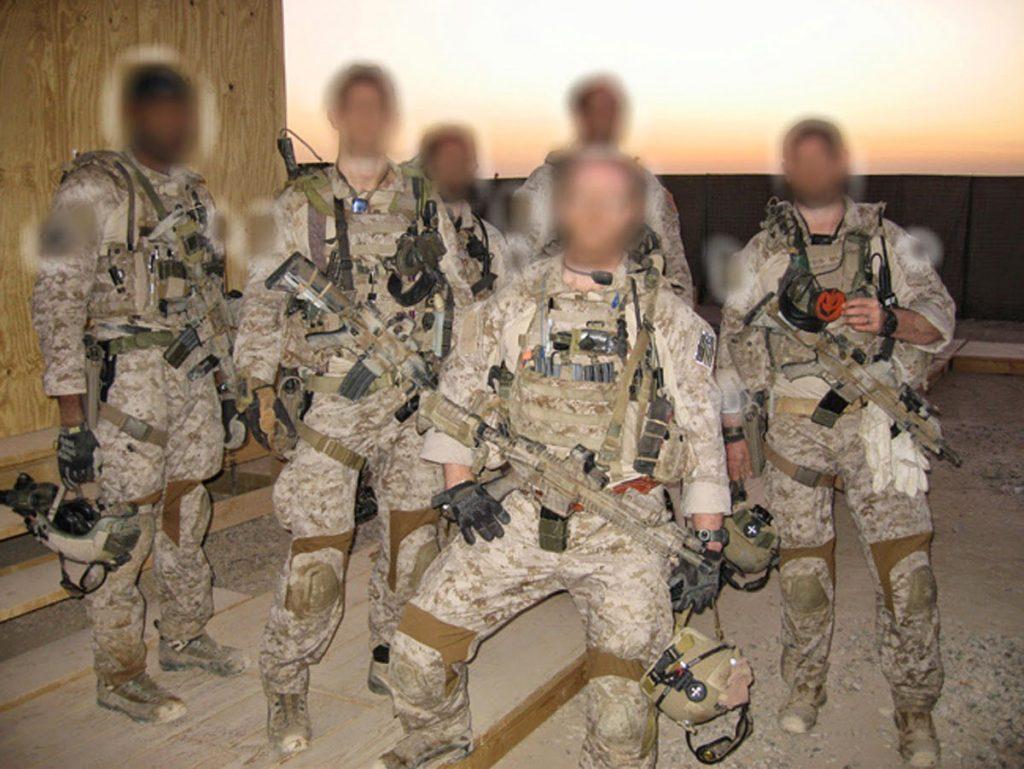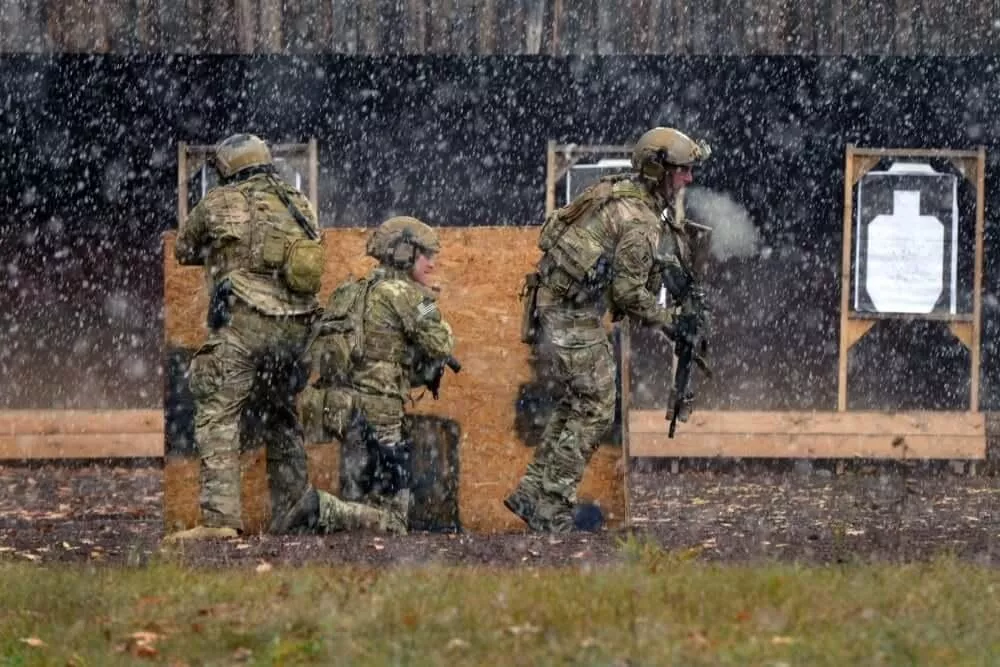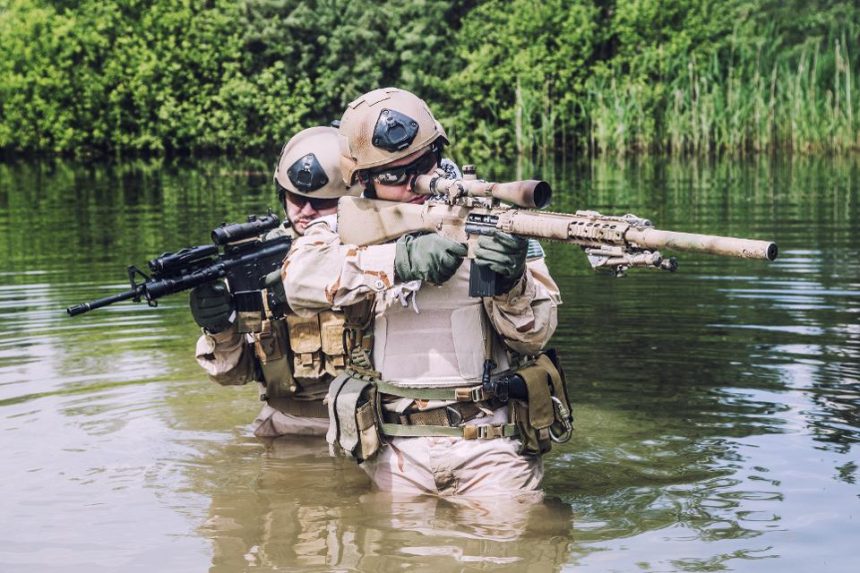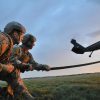To become a fully qualified Navy SEAL it takes some time, but to become a fully qualified Green Beret it takes even more time. After finishing basic training, it depends on your specialty how long it will take to become a fully qualified Navy SEAL or Green Beret?
Navy SEALs
Navy Sea, Air, Land (SEAL) training is approximately 71 weeks from entry into Navy Recruit Training (8 weeks), completion of Naval Special Warfare Preparatory School ( 8 weeks), Basic Underwater Demolition/SEAL Training (24 weeks), Navy Special Warfare Parachute Course (5 weeks), and SEAL Qualification Training (26 weeks), for a grand total of a little over 16 months of training to earn the Special Warfare insignia (SEAL “Trident”).
Navy SEALs may eventually receive foreign language and advanced specialty training, however enlisted SEALs all have the Navy Enlisted Classification (NEC) Code (equivalent to an Army MOS Code) of 5326, “Combatant Swimmer (SEAL) and the Navy enlisted rating of “Special Warfare Operator” vice a discrete specialization within Navy special operations.

U.S. Army Special Forces (SF)
All Army Special Forces troops are ground combat specialist NCOs, senior NCOs, and officers who in addition to foreign language and culture specializations are qualified trainers, instructors, advisors, and leaders in their second language, who specialize in five primary missions: unconventional warfare (the original and most important mission of Special Forces), foreign internal defense, special reconnaissance, direct action, and counter-terrorism.
For example, the Special Forces medics course was 18 months, I don’t know how long the other SF subspecialty courses(commo, heavy weapons, small arms) are but they are no less thorough. Today the Army lets men join Special Forces directly after basic training, which IMO is a mistake.

Conclusion
Navy SEALs are sailors with extensive dive experience, parachute qualification, and ground combat training, who specialize in conducting small-unit maritime military operations that originate from and return to, a river, ocean, swamp, delta, or coastline.
Before the war on terror started SF soldiers came from the ranks of the 75th Ranger regiment and other infantry units within SOCOM where they had to be sure that the SF recruits were mature and had a long-term commitment to stay in and preferably with combat experience.
SEAL members do a lot of on the job training and serve a probationary period after they are assigned to a unit, so they can be dismissed at any time after BUDs. In a nutshell, Special Forces are considered teachers first and force multipliers; SEALs are trigger pulling killers first with their first priority the assigned mission.






This is pretty simplistic way to look at them as Green Berets have units that function more on targets and some more on training and all the grey area between. Also the medic school (not that I have been to any of them), but I believe is widely considered to be the most involved of all the trainings and the longest I believe, so yes some of them are probably less thorough or if they are as thorough it is only because they don’t require near as much knowledge in the first place.
Weeks Stage
17 Infantry One Station Unit Training
3 Airborne Training
4 Special Forces Qualification Course Phase 1A
4 Special Forces Qualification Course Phase 1B (SFAS)
2 Special Forces Prep Course
3 Common Core Training
8 Special Forces Qualification Course Phase 2
13-46 Special Forces Qualification Course Phase 3
16-26 Special Forces Qualification Course Phase 4 (Language)
5 Special Forces Phase 5 (Robin Sage)
So, I’ve worked with both and neither disrespects the other. The SF community is all services has a respect for one another and will compliment each other in many ways.